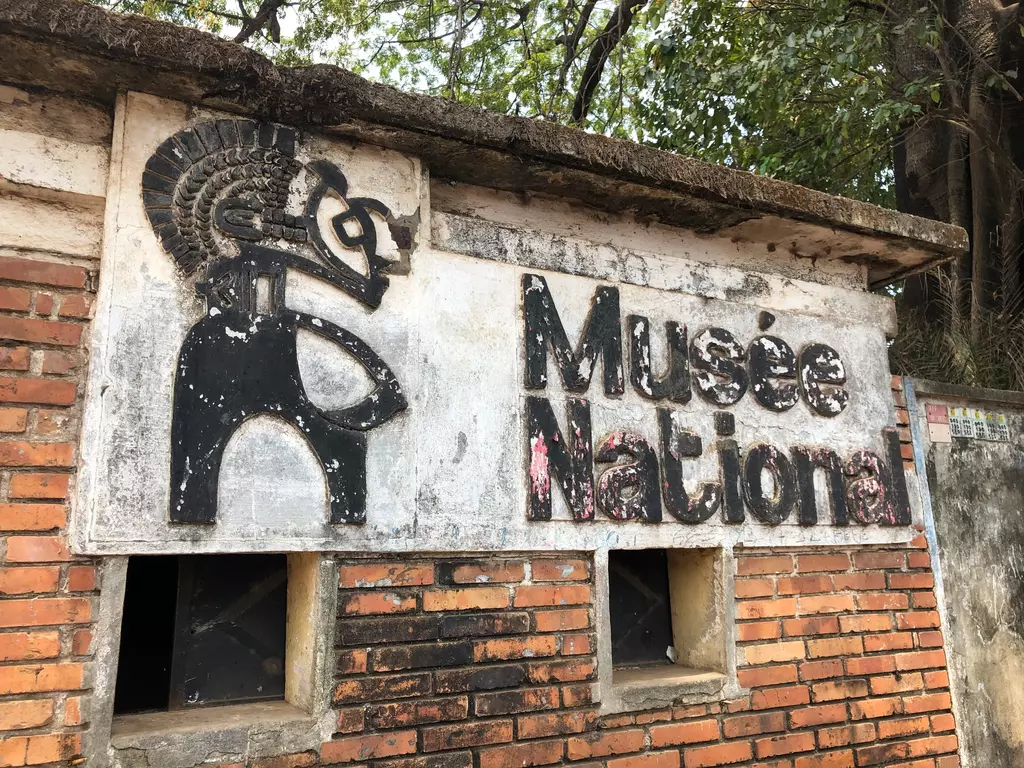National Museum of Guinea

- The National Museum of Guinea, located in the heart of Conakry, is a significant cultural institution that offers a fascinating glimpse into the rich history, traditions, and artistry of Guinea. Established to preserve and showcase the country's diverse heritage, the museum houses an impressive collection of artifacts, textiles, musical instruments, and historical relics that reflect the deep-rooted traditions of Guinea's many ethnic groups, including the Susu, Fulani, and Malinke. It serves as a hub for both locals and tourists looking to explore the nation’s cultural identity.
- One of the most striking features of the museum is its collection of traditional masks and sculptures, which play a vital role in Guinean spiritual and cultural practices. These intricately carved masks, often used in ceremonial dances and rituals, highlight the craftsmanship and symbolism embedded in Guinea’s artistic heritage. Visitors can also find ancient textiles, jewelry, and pottery, each telling a story of the country's historical connections to West African trade routes and indigenous traditions.
- The museum also places a strong emphasis on Guinea’s musical heritage, featuring exhibits on traditional instruments such as the kora, balafon, and djembe drums. These instruments are not only significant in Guinean culture but also play a role in the broader West African music scene, influencing genres like Afrobeat and highlife. The museum occasionally hosts live performances and cultural events, offering visitors a chance to experience the rhythmic beats and melodies that define Guinea’s musical landscape.
- In addition to its permanent exhibits, the National Museum of Guinea serves as an educational and research center, offering insights into Guinea’s colonial past, independence movement, and contemporary art scene. Though the museum's facilities may not be as modern as those found in other parts of the world, its collections and cultural significance make it a must-visit destination for history enthusiasts, art lovers, and anyone interested in the deep and diverse cultural tapestry of Guinea.
